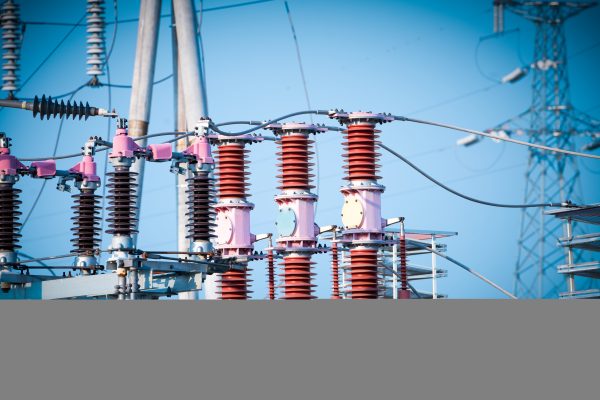
Staying Safe While Working With Power
1. Reduce the Risk
Before you start the job, make sure to perform a risk assessment.To do so, consider:
- What precautions have been taken to control the risk?
- How are you establishing the level of risk?
- Who could be harmed?
- Is the electrical installation/equipment suitable for the intended purpose? i.e. Are your surroundings wet? Are fuse-box and isolator cases closed/locked? Are your plugs, cables and sockets robust?
2. Restrict Access
Dangerous areas should always be segregated from all but necessary personnel – for example, make sure that electrical vaults are locked and high fences are placed around transformers3. Access Up-to-date-Training
If you’ve been in the industry for a while, it’s easy to feel complacent. To combat this you should embody a proactive culture where safety is of paramount importance. Everyone from senior management to junior levels must be responsible for both themselves and the safety of others and must act to minimize risks. Managers should perform regular reviews of each job profile and deliver frequent refresher training for all personnel to ensure standards are not only maintained, but exceeded.
4. Use Personal Protective Equipment (PPE)
It’s there for a reason. PPE aims to protect workers against health and safety risks posed by their work environments. PPE is designed as the last ‘stage’ of protection, but is imperative nonetheless. Insulated gloves, fire resistant clothing and face shields should be worn when working on energized electrical equipment. Through proper use of PPE, you’ll reduce your exposure to hazards that can’t be prevented through engineering and administrative controls alone.5. Implement a Maintenance Plan
One of the main ways risks can be reduced is by ensuring all equipment is regularly maintained. At the very least, visual checks should be carried out ensuring appliances have no damage with considerations such as – is the cable intact with no visible wear and tear? Are there any burn marks indicting extreme temperatures? Repairs or replacements should be carried out when necessary and you should ensure regular inspections and testing takes place by a competent electrician6. Be Vigilant
You must always follow the proper advice and guidelines given by your employer on-site and follow their outlined procedures as instructed in your site safety orientation.




